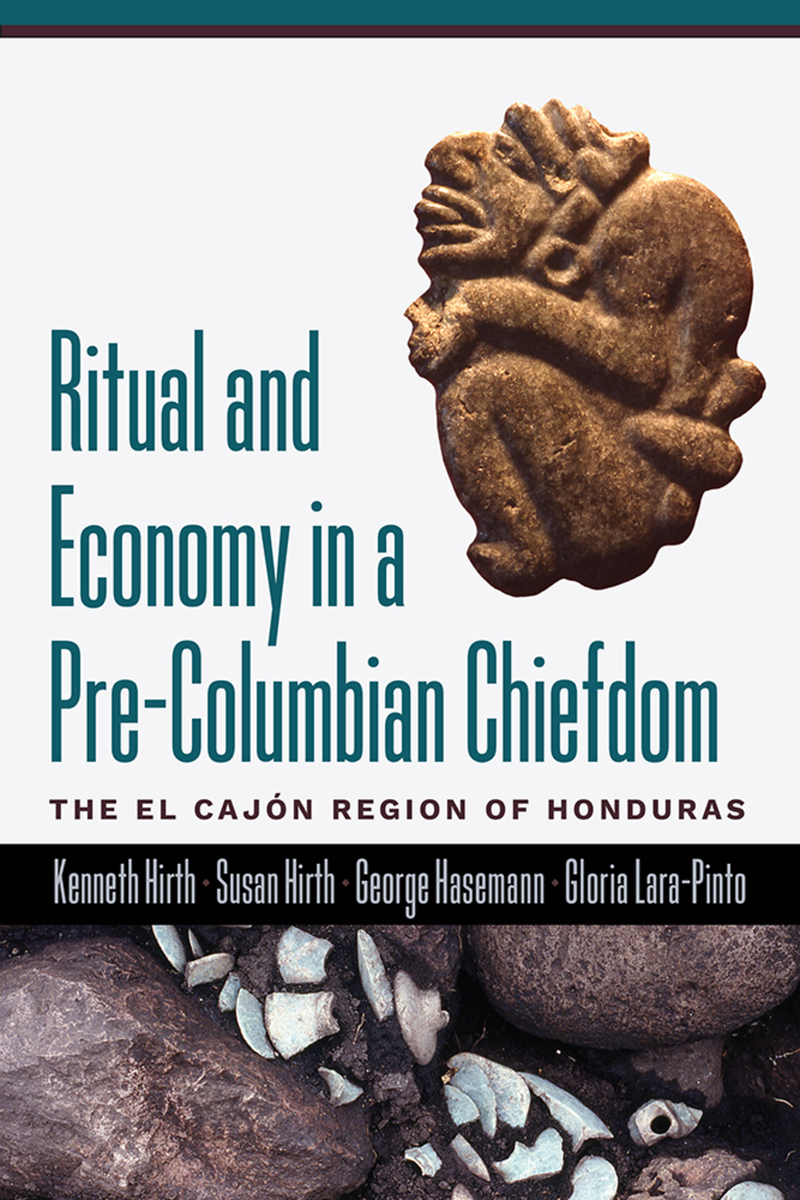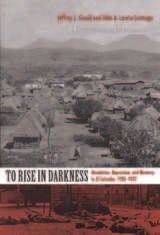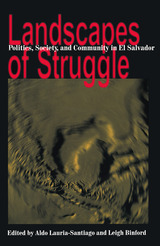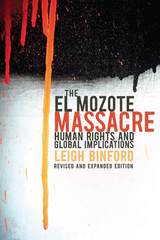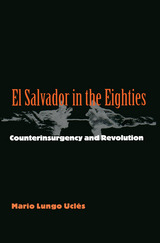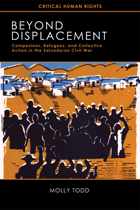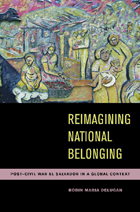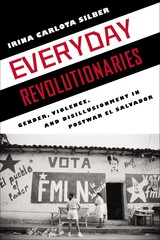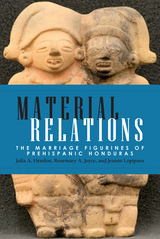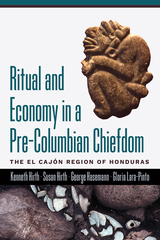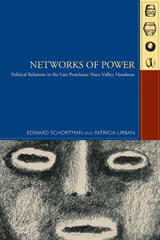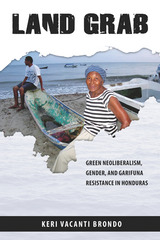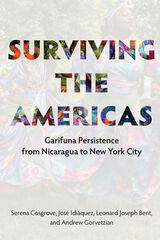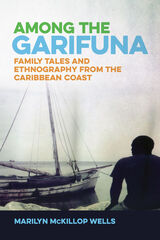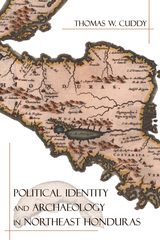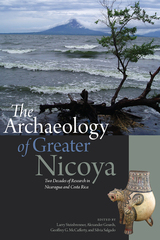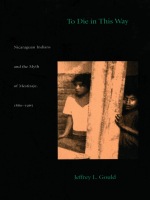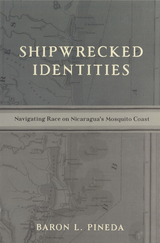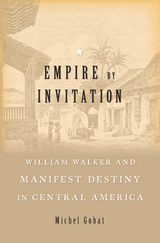Ritual and Economy in a Pre-Columbian Chiefdom: The El Cajón Region of Honduras
University Press of Colorado, 2023
Cloth: 978-1-64642-474-0 | eISBN: 978-1-64642-475-7
Library of Congress Classification F1505.1.C35H57 2023
Dewey Decimal Classification 972.8301
Cloth: 978-1-64642-474-0 | eISBN: 978-1-64642-475-7
Library of Congress Classification F1505.1.C35H57 2023
Dewey Decimal Classification 972.8301
ABOUT THIS BOOK | AUTHOR BIOGRAPHY | REVIEWS | TOC | REQUEST ACCESSIBLE FILE
ABOUT THIS BOOK
This volume examines the organization and ritual economy of a pre-Columbian chiefdom that developed in central Honduras over a 1,400-year period from 400 BC to AD 1000. Extremely applicable and broadly important to the archaeological studies of Mesoamerica, Ritual and Economy in a Pre-Columbian Chiefdom models the ritual organization of pre-Columbian societies across Honduras to expand the understanding of chiefdom societies in Central America and explore how these non-Maya societies developed and evolved.
As part of the ritual economy, a large quantity of jade and marble artifacts were deposited as offerings in the ritual architecture of the El Cajón region’s central community of Salitrón Viejo. Over 2,800 of these high-value items were recovered from their original ritual contexts, making Salitrón Viejo one of the largest in situ collections of these materials ever recovered in the New World. These materials are well dated and tremendously varied and provide a cross-section of all jade-carving lapidary traditions in use across eastern Mesoamerica between AD 250 and 350.
With a complementary website providing extensive additional description, visualization, and analysis (https://journals.psu.edu/opa/issue/view/3127), Ritual and Economy in a Pre-Columbian Chiefdom is a new and original contribution that employs an “economy of ritual approach” to the study of chiefdom societies in the Americas. It is a foundational reference point for any scholar working in Mesoamerica and Central America, especially those engaged in Maya research, as well as archaeologists working with societies at this scale of complexity in Latin America and around the world.
As part of the ritual economy, a large quantity of jade and marble artifacts were deposited as offerings in the ritual architecture of the El Cajón region’s central community of Salitrón Viejo. Over 2,800 of these high-value items were recovered from their original ritual contexts, making Salitrón Viejo one of the largest in situ collections of these materials ever recovered in the New World. These materials are well dated and tremendously varied and provide a cross-section of all jade-carving lapidary traditions in use across eastern Mesoamerica between AD 250 and 350.
With a complementary website providing extensive additional description, visualization, and analysis (https://journals.psu.edu/opa/issue/view/3127), Ritual and Economy in a Pre-Columbian Chiefdom is a new and original contribution that employs an “economy of ritual approach” to the study of chiefdom societies in the Americas. It is a foundational reference point for any scholar working in Mesoamerica and Central America, especially those engaged in Maya research, as well as archaeologists working with societies at this scale of complexity in Latin America and around the world.
See other books on: Caribbean & Latin American Studies | Economy | Honduras | Rites and ceremonies | Ritual
See other titles from University Press of Colorado
